When you change your focus from limitations to boundless possibilities, from doubt and fear, to love and confidence, you open your world in entirely new ways. However, change is not something that necessarily comes easy….Albert Einstein once wrote, “The measure of intelligence is the ability to change.” To truly change…change one’s ideas, habits, perspective, etc. means that one has to have the courage to leap into the unknown. The unknown can be scary, the unknown can often pose an effort of resistance to change. However, it is this resistance that is the only painful aspect of change.

Things are changing rapidly, for all of us. A new job, a new life, maybe a vacation, perhaps back to school. A shift in gears and a turning of leaves (literally). Fall is on its way, and although today is 80 degrees and bluebird skies in Denver, the crisp mornings and evenings lend homage to the onset of Autumn.
 Sunset on some cottonwoods behind my house
Sunset on some cottonwoods behind my house
My experience here at the state office for the Colorado BLM has been one for the books. A big step in my overall career building experience, as I have had the opportunity to spend weeks in the field conducting rare plant surveys, and also working behind the scenes with the data, writing technical reports, and even establishing a new demographic monitoring protocol. To be able to use my skills in and out of the field here has been one of the things I have been the most thankful for in this job, as a lot of my past experiences with field work have led me to submerge myself in only a few aspects of the scientific method, whereas here I have been given the opportunity to do much more.
 Exploring Canyons of the Aincients National Monument
on our way back home from the field
Exploring Canyons of the Aincients National Monument
on our way back home from the field
My time here in Colorado has also truly solidified my interest and ambition to continue to pursue education, and with the way things are looking that very well might be possible in the coming months. I have been speaking with a potential adviser about a scholarship opportunity that seems very promising, working on a project well-aligned with my interests in conservation biology, and forest pathology, in a place that would be very, very far away, but would be a great experience and practice in leaping into the unknown…I have been waiting to go back to school for a while, as it is expensive, funding is limited, and to be honest…I have been very picky in choosing an adviser, a project theme, and a place to commit myself to living for an extended period of time. It is a frustrating process, especially when many of the advisers that I would like to work with seemingly have endlessly full labs, limited funding, or don’t even respond to my emails…The frustration makes it hard to keep trying, but with a little patience, “the right wave will come, and when it does, grab your board, jump on, and ride it for all its worth” (Melody Beattie, Journey to the Heart). We will see how things shake out in these next few months…
 Driving towards Independence Pass on the way to the
Maroon Bells-Snowmass Wilderness
Driving towards Independence Pass on the way to the
Maroon Bells-Snowmass Wilderness
While I will not miss the Denver metro area, or the hot muggy summer days…I will miss a lot of things about my time here. My garden, my house, my awesome crew and co-worker Lauren, the nooks and crannies of the Colorado Rockies, full strength beer. Up next, I am headed to Moab in a week to start a new job with the USGS. The desert has always been a place that has excited pieces of my soul in strange ways, though I have never thought I would be capable of living in the conditions. A summer in Colorado has been rough for me, as I am acclimatized to temperate, cool, rain and fog. From what I hear, the fall in Moab is great though, and I sure am excited to get some red dust all over my bike again.
 My backyard featuring way too many peaches
My backyard featuring way too many peaches
Cheers to a great season of growth, pursuit, and experience! It has been a pleasure meeting you all, and I look forward to keeping in touch as everyone moves into their next adventures. And also…if anyone wants to come visit Moab, or plans to pass through on their way to wherever they may be headed next…give me a shout!
All the best,
Sam
 Morning Mate with a view (Somewhere in Utah)
Morning Mate with a view (Somewhere in Utah)






















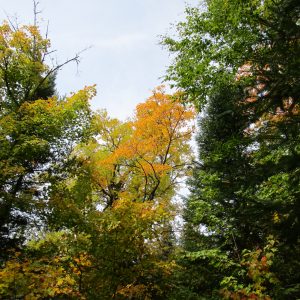
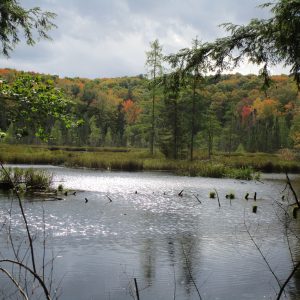


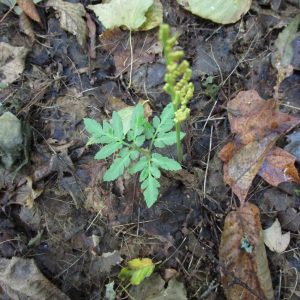
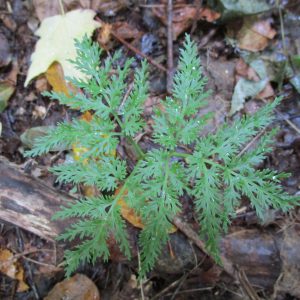
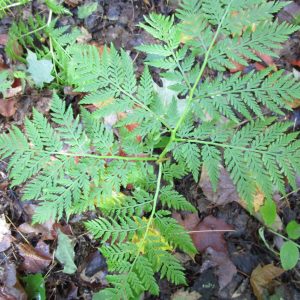





 Sunset on some cottonwoods behind my house
Sunset on some cottonwoods behind my house Exploring Canyons of the Aincients National Monument
on our way back home from the field
Exploring Canyons of the Aincients National Monument
on our way back home from the field Driving towards Independence Pass on the way to the
Maroon Bells-Snowmass Wilderness
Driving towards Independence Pass on the way to the
Maroon Bells-Snowmass Wilderness My backyard featuring way too many peaches
My backyard featuring way too many peaches Morning Mate with a view (Somewhere in Utah)
Morning Mate with a view (Somewhere in Utah)